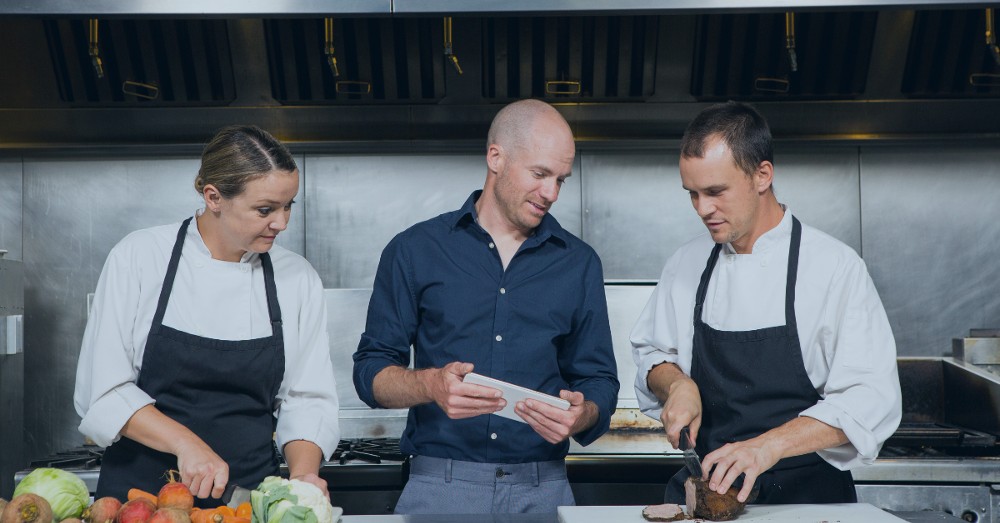There’s nothing worse than having to eighty-six a popular menu item. Not only is it frustrating for chefs and kitchen managers, but it can also have a huge effect on customer satisfaction, leading to lost customers and negative reviews.
To overcome this problem, restaurants sometimes start over-ordering. But over-ordering to try and avoid telling customers you’ve run out of ingredients for a dish can also have detrimental effects. That’s because it increases the risk of spoilage and food waste. Or you end up serving dishes that don’t taste as fresh as they should.
Another common reason for excess inventory includes overbuying to take advantage of quantity discounts.
To help reduce the risk of over and under ordering, you need better ordering control. To achieve that, you need to know your inventory turnover and that starts with the use of an effective restaurant inventory management system. the importance of inventory management in restaurants cannot be overstated.
How to calculate inventory turnover
Inventory Turnover = Cost Of Goods Sold / Average Value Of Inventory On Hand
For example, if you buy $20,000 worth of food a month and have an average of $5,000 on hand throughout the month then your turnover is 4 ($20,000 / $5,000 = 4).
For food, the general rule of thumb is that you want a turnover of four to six times a month. This will be equivalent to having five to seven days’ worth of product on hand and one to two deliveries per week.
Depending on the type of product, the ideal turnover will vary. Perishable food, such as fresh meat and produce should have lower turnover. Non-perishable food can be higher.
While unopened alcohol won’t expire within a month or two, ordering smaller batches means that your capital won’t be sitting on your shelves instead of in your bank. As such, you want to control your ordering for alcoholic beverages as well.
Here are some general rules for restaurant inventory turnover
Liquor
You want a turnover of about one time a month, though this will vary based on your sales mix.
Beer in cans and bottles
You want a turnover of two to three times a month. This will be equivalent to having 10 to 15 days’ worth of product on hand and one to two deliveries every two weeks.
Draft beer
You want a turnover of one to two times a month, though this will vary based on your sales mix.
Wine
You want a turnover of about one time a month, though this will vary based on your sales mix.
Using an inventory management software can help simplify your ordering process. That’s because inventory software and apps will automatically calculate turnover and provide comprehensive reports on how your business is performing.
You can then use these reports to ensure your turnover rates for each category are appropriate. If there are any red flags, you can review the products to ensure there’s a good reason for the low turnover.
Interested in learning more about how a restaurant inventory management system is better than a restaurant inventory sheet, along with some restaurant inventory best practices? Book a demo of the Sculpture Hospitality platform today.












